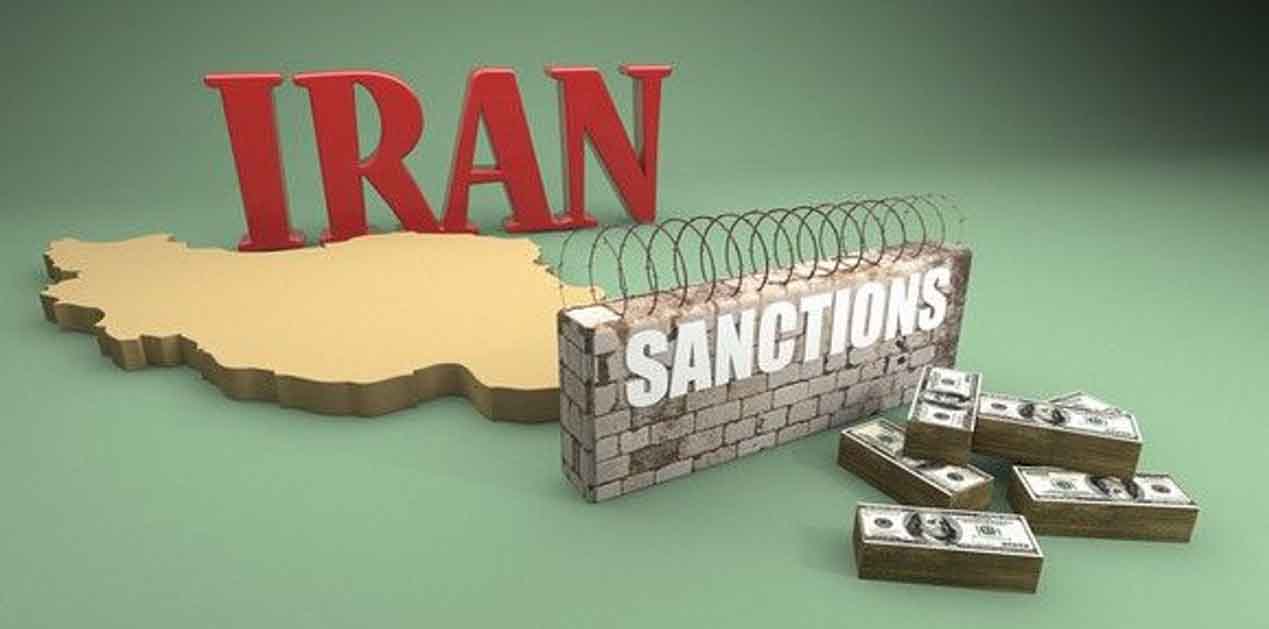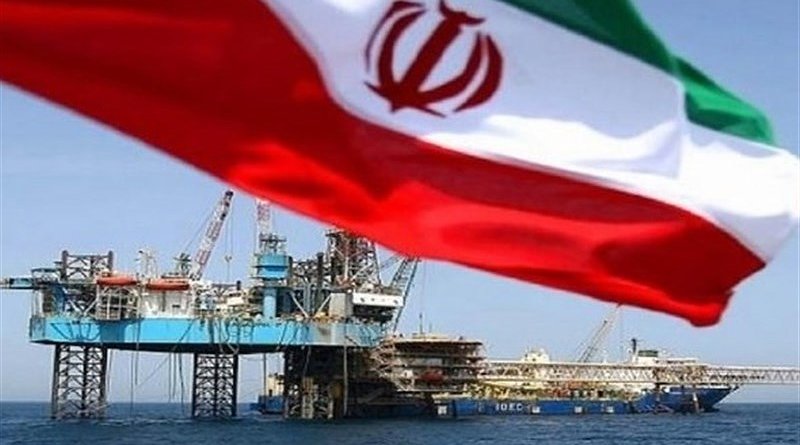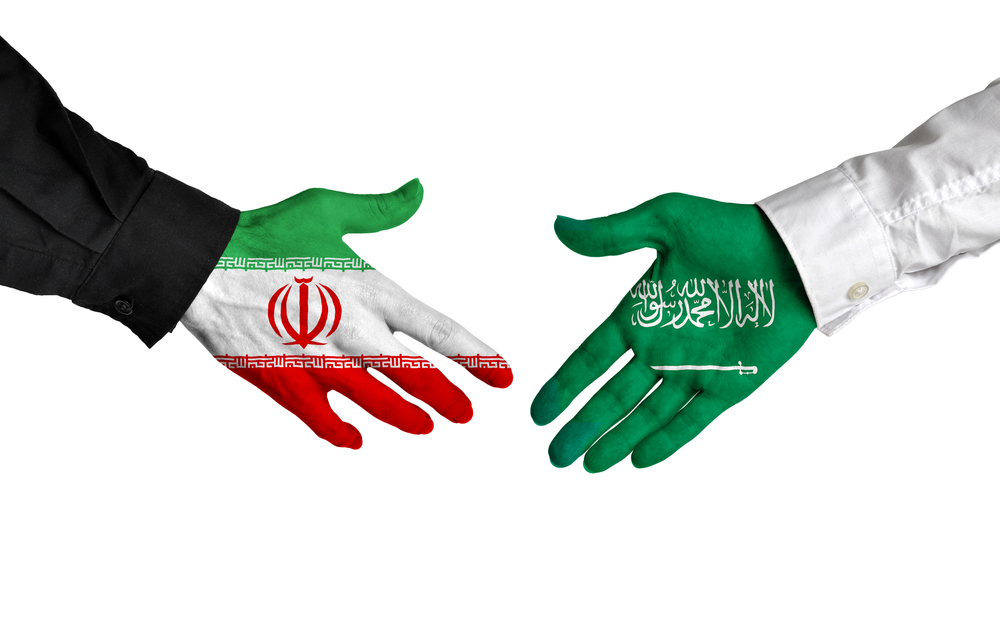Iran’s Paradox: One of the World’s Largest Energy Reserves Faces Gas Shortages
Iran, a nation often synonymous with vast reserves of natural resources, finds itself in the throes of a puzzling crisis: despite holding some of the largest crude oil and natural gas reserves globally, it is grappling with severe gas shortages. The juxtaposition of abundant resources and chronic shortages raises questions about governance, infrastructure, geopolitics, and economic management. This article delves into the underlying factors contributing to Iran’s energy paradox.

Iran’s Vast Energy Reserves
Iran’s energy wealth is undeniable. As of 2023, the country holds the world’s second-largest proven natural gas reserves, estimated at 34 trillion cubic meters, and the fourth-largest proven crude oil reserves, amounting to approximately 157 billion barrels. These reserves account for a significant portion of global energy resources and have positioned Iran as a critical player in the international energy market.
The South Pars/North Dome field, shared with Qatar, is the crown jewel of Iran’s natural gas assets. This field alone accounts for roughly 40% of Iran’s total gas reserves and is among the largest gas reserves in the world. Despite this immense potential, Iran’s domestic energy challenges continue to mount, revealing systemic inefficiencies and strategic missteps.

A Growing Domestic Crisis
Iran’s gas shortages manifest most acutely during the winter months when domestic heating demand surges. In recent years, cities across the country have experienced gas rationing, and industrial activities have faced interruptions due to limited gas supply. These shortages not only undermine Iran’s energy credibility but also strain its economy and exacerbate public discontent.
The reasons for these shortages are multifaceted and deeply rooted in Iran’s economic, political, and infrastructural challenges. Understanding these factors is key to comprehending the paradox of abundance amidst scarcity.
Aging Infrastructure and Poor Maintenance
One of the primary reasons behind Iran’s gas shortages is its aging and poorly maintained infrastructure. Decades of underinvestment in exploration, production, and distribution facilities have taken a toll on the country’s ability to harness its energy resources effectively.
Pipelines, refineries, and storage facilities, many of which were built in the mid-20th century, are now struggling to meet modern demands. Corrosion, leaks, and inefficiencies in these systems lead to significant losses of gas and oil before they even reach end-users. The lack of modern technology exacerbates the situation, with Iran’s energy sector unable to optimize recovery rates or expand production capacity.

International Sanctions
Iran’s energy sector has been a primary target of international sanctions, particularly by the United States and its allies. These sanctions have severely restricted Iran’s access to global markets, advanced technologies, and foreign investments.
The withdrawal of multinational corporations, such as Total and Shell, from Iranian energy projects has stalled critical developments. Sanctions have also hindered Iran’s ability to import essential equipment and spare parts, further compounding the challenges of maintaining and upgrading its energy infrastructure. As a result, Iran’s production capabilities have stagnated, leaving its domestic market vulnerable to shortages.
Subsidized Energy Prices and Overconsumption
Iran’s heavily subsidized energy prices are another critical factor contributing to its gas shortages. While subsidies are intended to make energy affordable for citizens, they have led to rampant overconsumption and inefficiencies.
Per capita energy consumption in Iran is among the highest in the world, driven by low prices that incentivize wasteful usage. Industries, households, and transportation sectors rely heavily on natural gas, creating an unsustainable demand that outpaces production. Attempts to reform subsidies have often faced fierce public resistance, making it politically challenging to address the issue.
Mismanagement and Corruption
Years of mismanagement and corruption within Iran’s energy sector have further exacerbated the crisis. Poor planning, inefficient allocation of resources, and a lack of accountability have undermined efforts to address the structural issues plaguing the sector.
The dominance of state-owned enterprises, coupled with limited private sector participation, has stifled innovation and competition. Corruption and rent-seeking behaviors have diverted resources away from critical investments, leaving the sector ill-equipped to meet growing domestic and international demands.

Climate and Environmental Challenges
Climate change and environmental degradation are also contributing to Iran’s energy challenges. Prolonged droughts and water scarcity have impacted hydroelectric power generation, increasing reliance on natural gas for electricity production.
Furthermore, Iran’s gas flaring—the burning of excess gas during oil extraction—remains a significant issue. Despite its vast reserves, Iran ranks among the top countries in terms of gas flaring, wasting billions of cubic meters of natural gas annually. Addressing this inefficiency could alleviate some of the shortages, but progress has been slow due to technical and financial constraints.

Regional Geopolitics and Export Commitments
Iran’s regional geopolitics and export commitments also play a role in its domestic gas shortages. The country exports natural gas to neighboring countries, including Turkey and Iraq, under long-term contracts. While these exports are a critical source of revenue, they often strain domestic supplies, particularly during peak demand periods.
Additionally, regional rivalries and conflicts have complicated Iran’s energy ambitions. The competition with Qatar over the South Pars/North Dome field, coupled with strained relations with Gulf Cooperation Council (GCC) countries, limits Iran’s ability to collaborate on regional energy projects that could enhance efficiency and stability.

Potential Solutions and the Way Forward
Addressing Iran’s gas shortages requires a multifaceted approach that tackles the root causes of the crisis. While the challenges are formidable, they are not insurmountable. Key measures include:
- Modernizing Infrastructure: Investing in modernizing pipelines, refineries, and storage facilities is crucial for reducing losses and increasing efficiency. Collaborating with international partners, where possible, could bring much-needed expertise and technology to the sector.
- Sanctions Relief and International Cooperation: Easing international sanctions through diplomatic negotiations could unlock access to global markets and foreign investments. While this is a complex and politically sensitive endeavor, it could provide the financial and technological resources needed to revitalize Iran’s energy sector.
- Reforming Subsidies: Gradual and targeted reforms of energy subsidies could help curb overconsumption and promote energy efficiency. Introducing tiered pricing systems and investing in public awareness campaigns could ease the transition and mitigate public resistance.
- Combatting Corruption and Improving Governance: Enhancing transparency, accountability, and efficiency within the energy sector is essential. Encouraging private sector participation and reducing bureaucratic hurdles could foster innovation and competition.
- Tapping Into Renewable Energy: Diversifying Iran’s energy portfolio by investing in renewable energy sources, such as solar and wind, could reduce dependence on natural gas and enhance energy security. Iran’s geographical location offers significant potential for renewable energy development.
- Reducing Gas Flaring: Implementing policies and technologies to capture and utilize flared gas could significantly increase available supplies. Partnerships with international organizations and companies specializing in gas recovery could accelerate progress in this area.
Conclusion
Iran’s gas shortages, despite its immense reserves, highlight the complexities of resource management in the face of geopolitical, economic, and infrastructural challenges. The paradox of abundance amidst scarcity underscores the need for comprehensive reforms and strategic investments to unlock the country’s energy potential.
While the road ahead is fraught with challenges, addressing the root causes of Iran’s energy crisis could transform its energy sector and strengthen its position as a global energy powerhouse. For Iran, leveraging its vast resources effectively is not just an economic imperative but also a pathway to greater stability and prosperity.







:max_bytes(150000):strip_icc()/GettyImages-477514725-c4271ad485734ba6b84cae22be7833cf.jpg)



